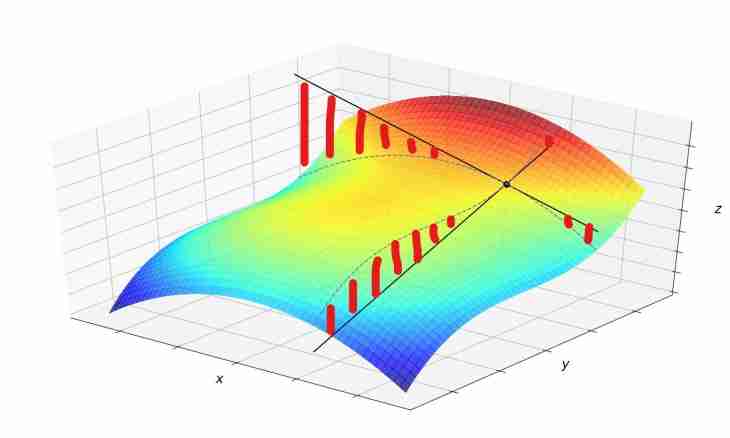To find a projection of a vector or a piece to coordinate axes, it is necessary to lower perpendiculars from extreme points on each of axes. If coordinates of a vector or a piece are known, its projection to axes can be calculated. The same can be made if length of a vector and a corner between it and an axis is known.
It is required to you
- - concept about the Cartesian system of coordinates;
- - trigonometrical functions;
- - actions with vectors.
Instruction
1. Represent a vector or a piece in the system of coordinates. Then, from one of the ends of a piece or a vector lower perpendiculars on each of axes. On crossing of a perpendicular and each axis note a point. Repeat this procedure for the second end of a piece or a vector.
2. Measure distance from the beginning of coordinates, to each of points of intersection of perpendiculars with the system of coordinates. On each axis from bigger distance subtract smaller is and there will be a projection of a piece or a vector to each of axes.
3. If coordinates of the terminations of a vector or a piece are known to find its projections to axes, from coordinates of the end subtract the corresponding coordinates of the beginning. If the value turns out negative, take its module. minusThe sign means that the projection is in a negative part of a coordinate axis. For example, if coordinates of the beginning of a vector (-2;4;0), and coordinates of the end (2;6;4), then the projection to an axis OH is equal 2-(-2)=4, on OY axis: 6-4=2, on OZ axis: 4-0=4.
4. If vector coordinates are given, then they also are projections to the corresponding axes. For example, if the vector has coordinates (4;-2;5), it means that the projection to an axis OH is equal 4, on OY axis: 2, on OZ axis: 5. If the coordinate of a vector is equal 0, then and its projection to this axis is equal to 0 too.
5. In case length of a vector and a corner between it and an axis is known (as in polar coordinates), then to find its projection to this axis, it is necessary to increase length of this vector by a cosine of the angle between an axis and a vector. For example, if it is known that length of a vector is 4 cm, and the corner between it and an axis of OX is equal in the system of coordinates of XOY 60º.
6. To find its projection to OX axis, increase 4 by cos(60º). Calculation of 4•cos(60º) =4•1/2=2 cm. Find a projection to OY axis, having found a corner between it and a vector 90º-60º=30º. Then its projection to this axis will make 4•cos(30º) =4•0.866=3.46 cm.

